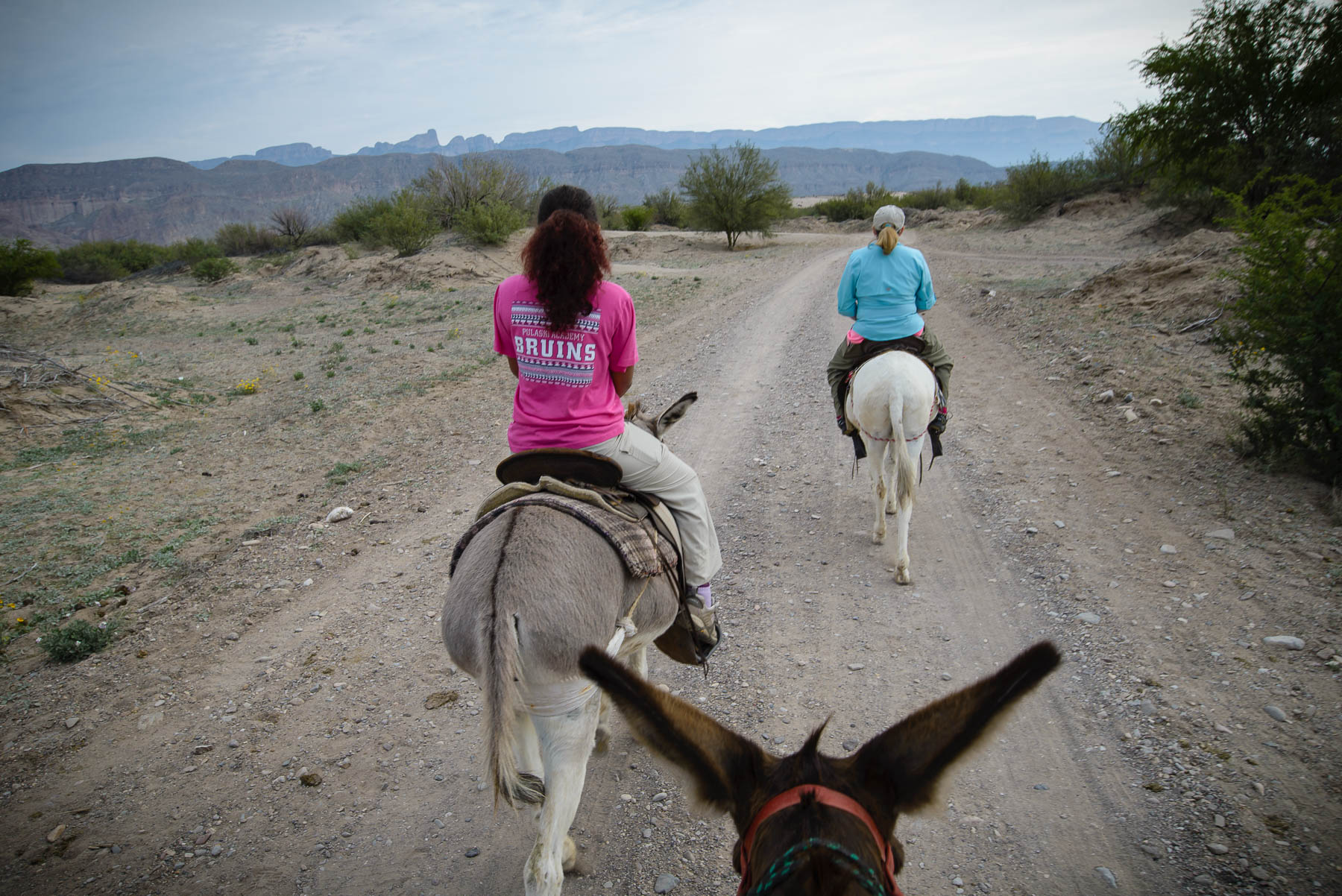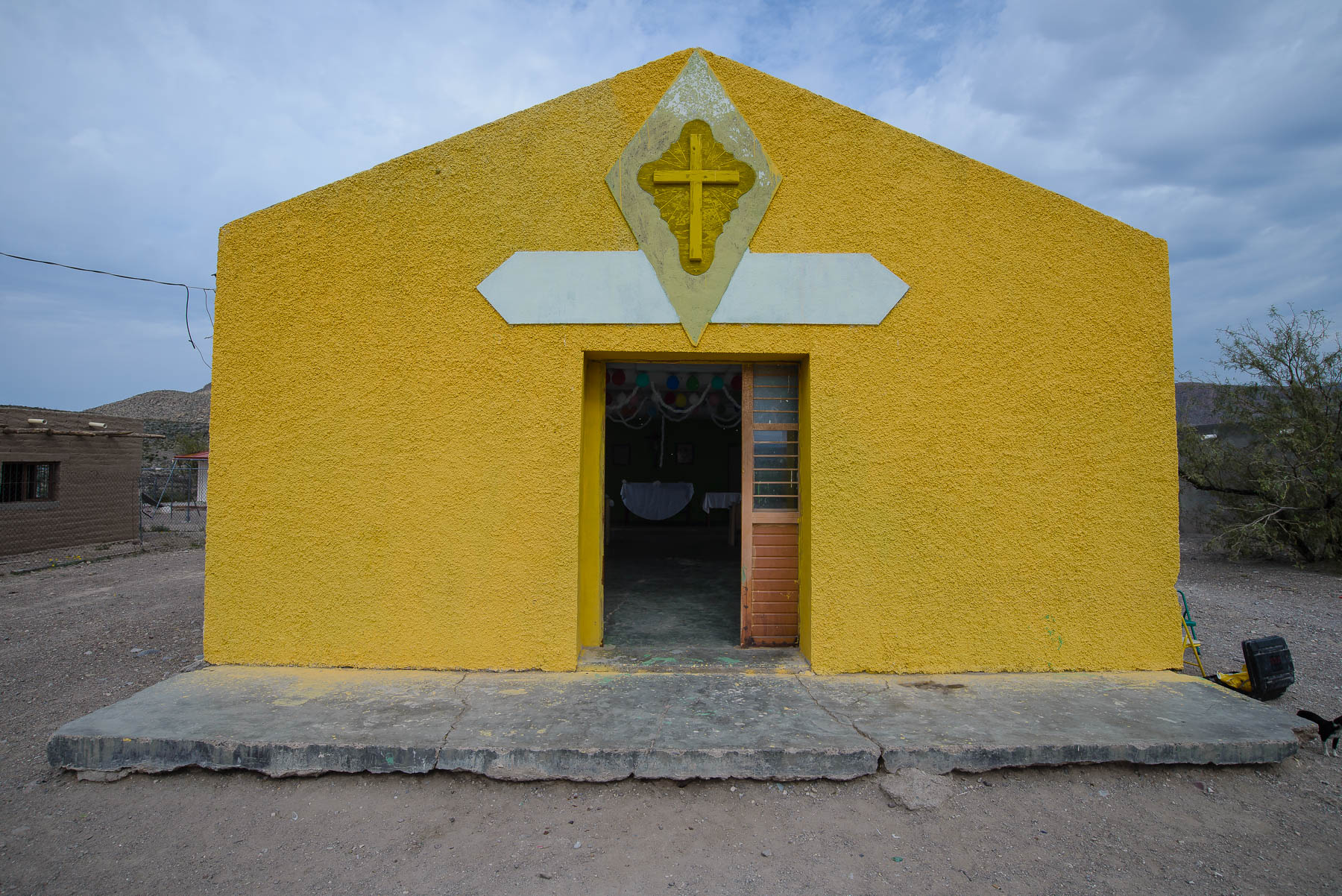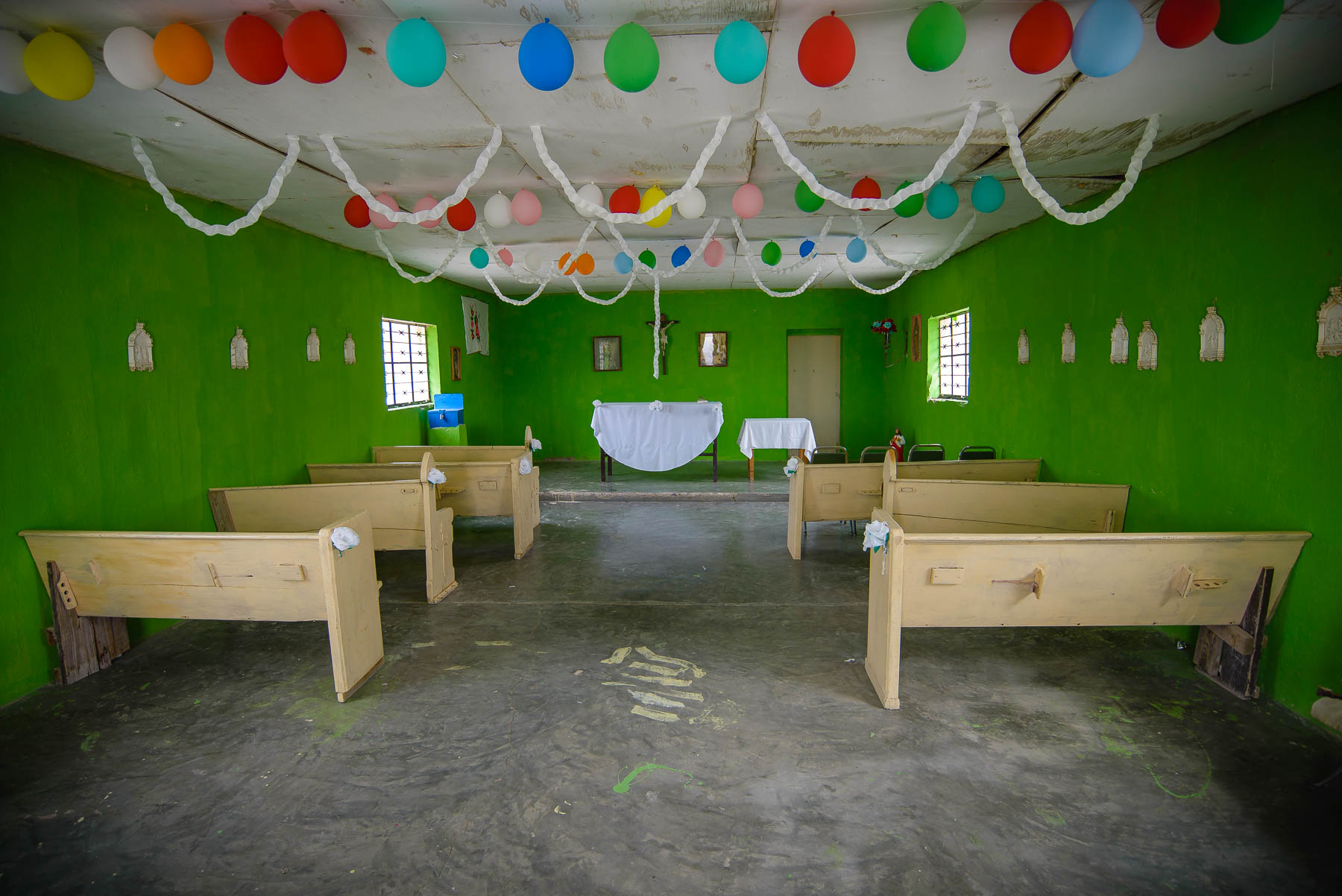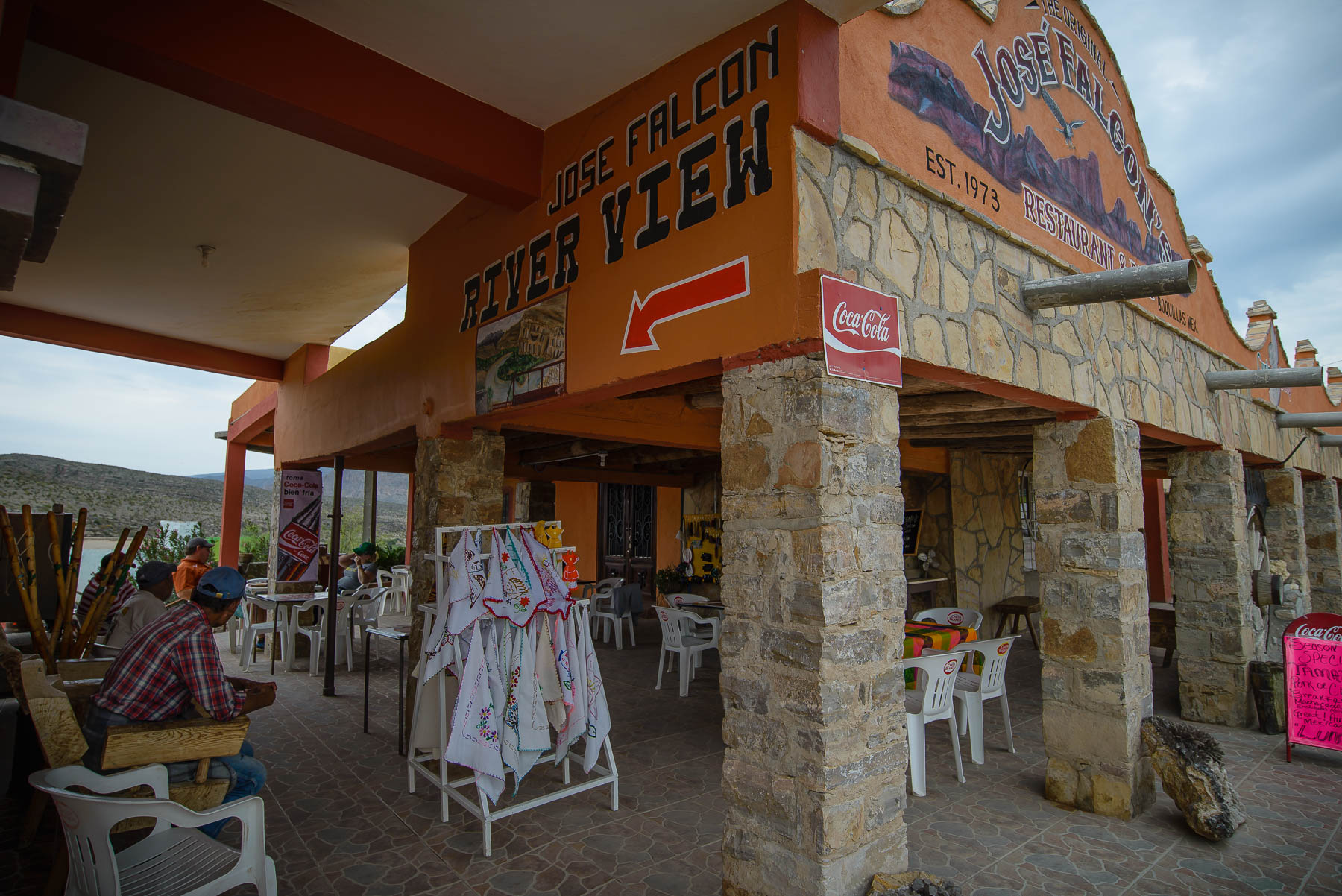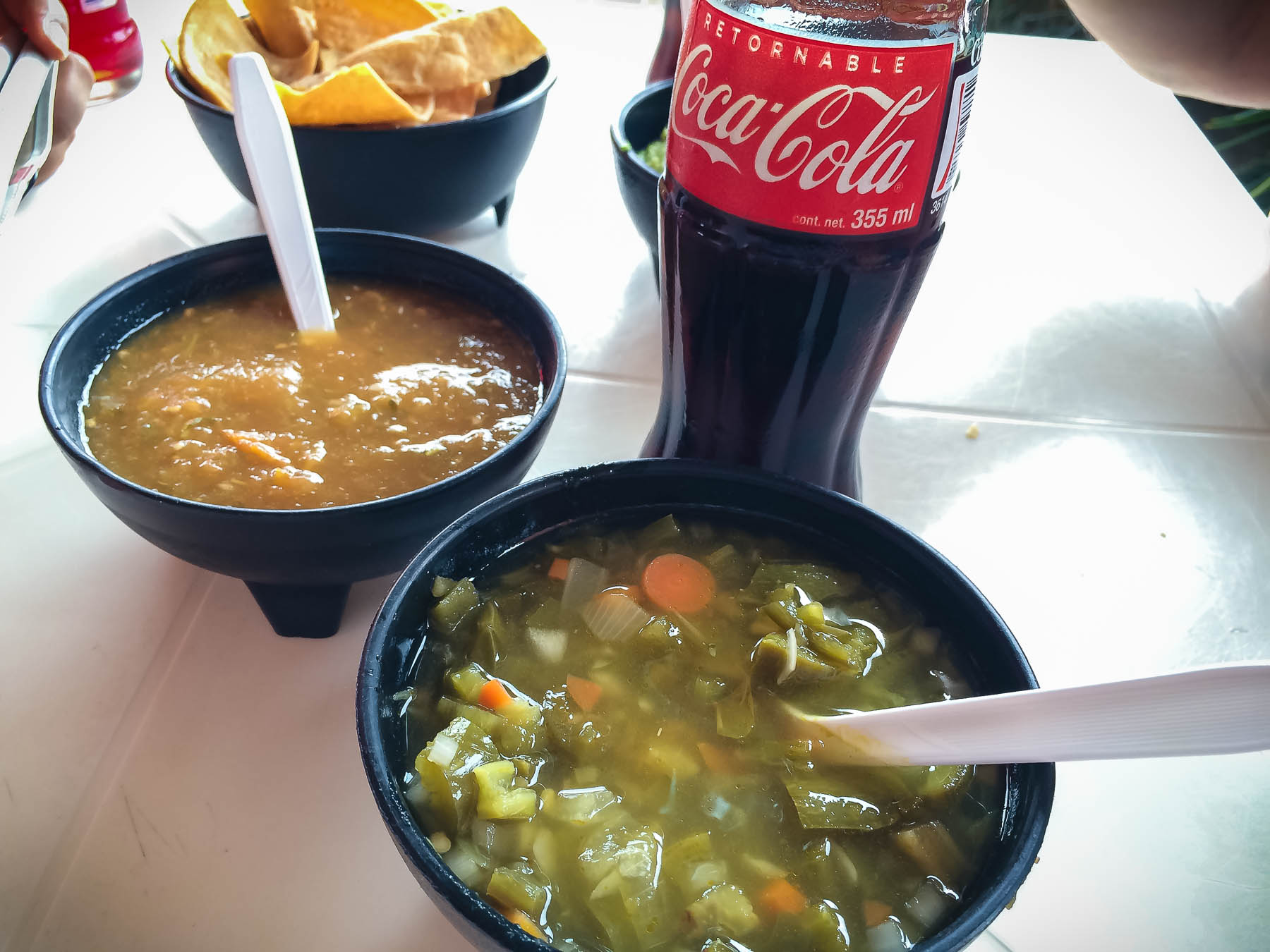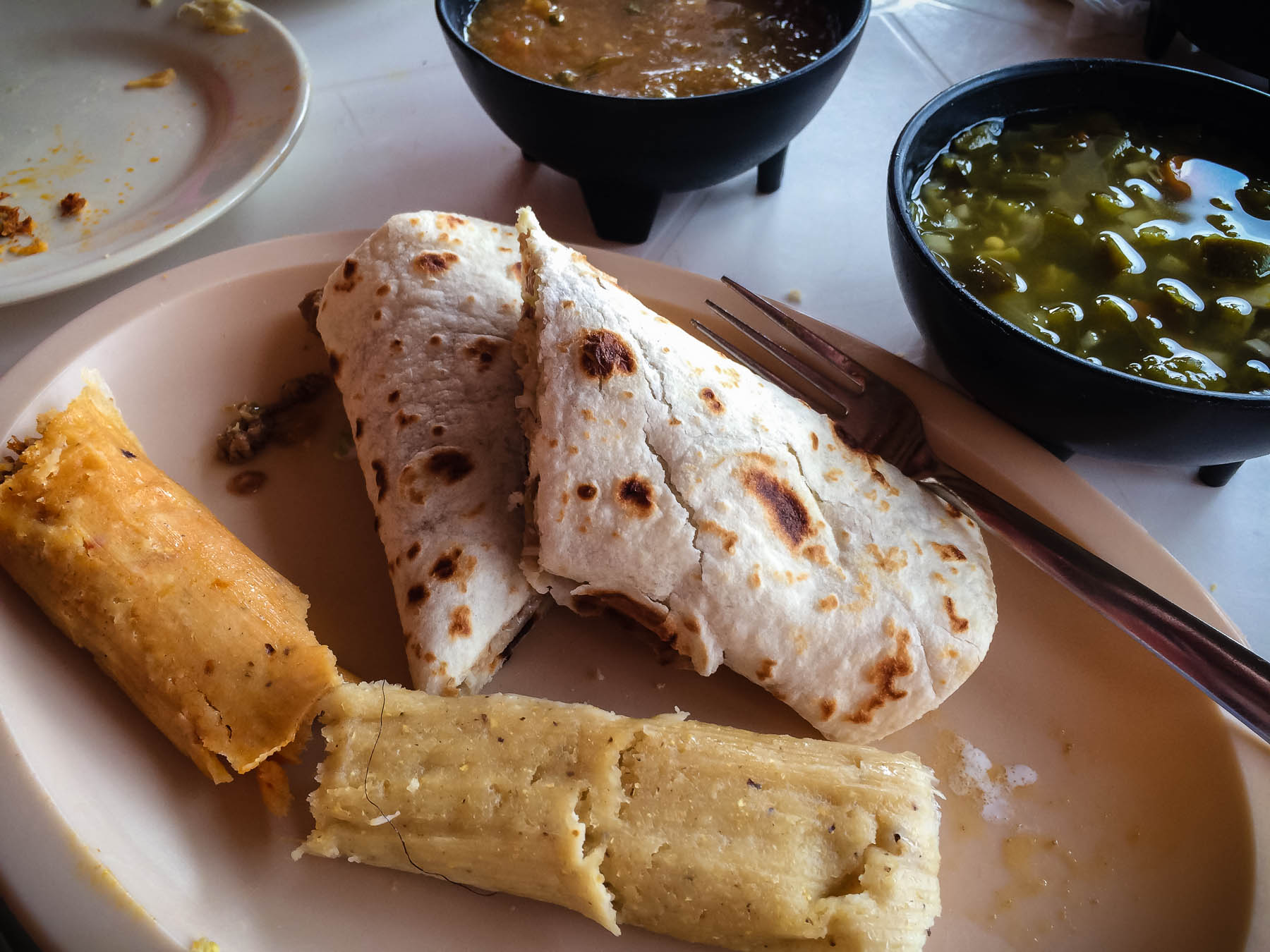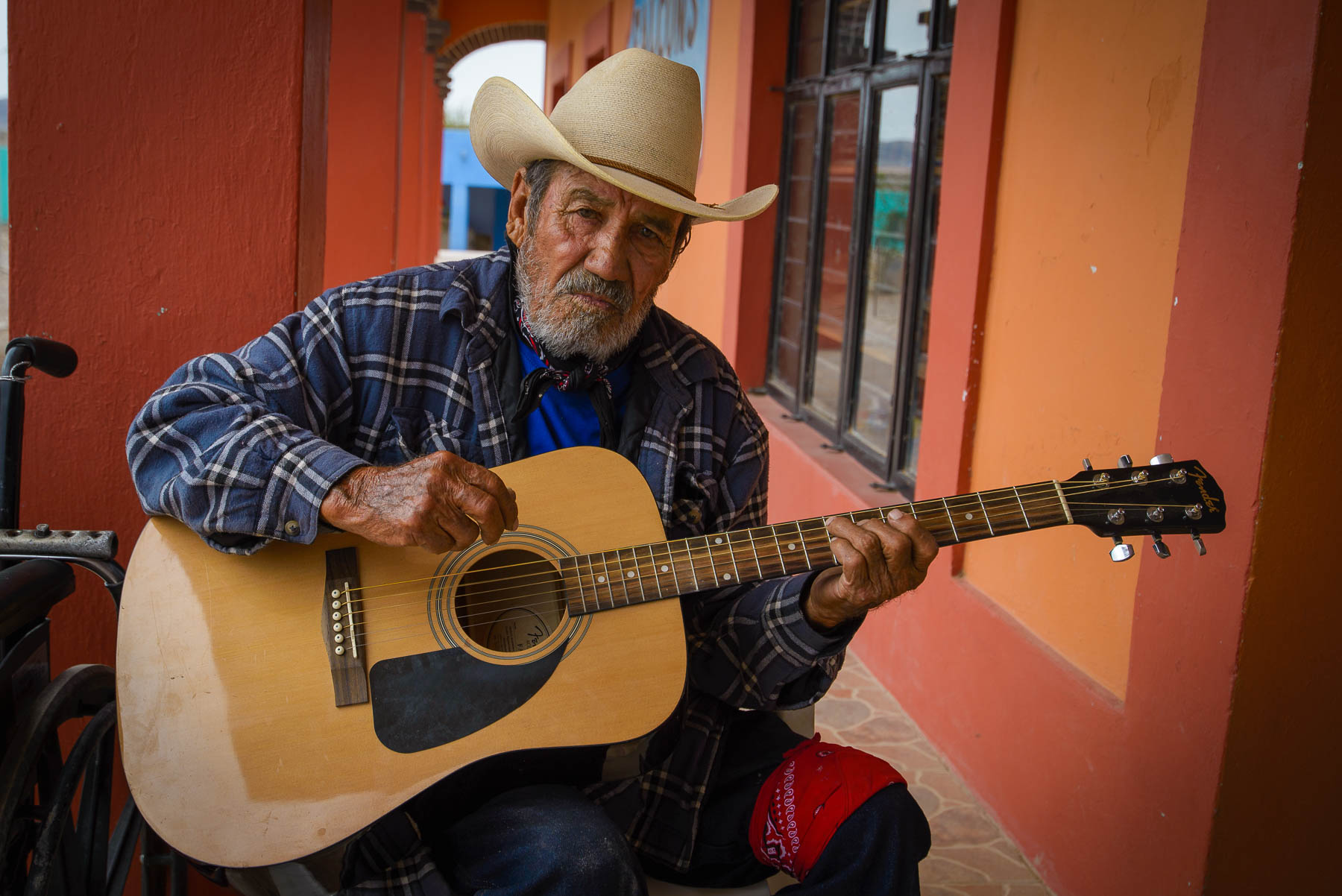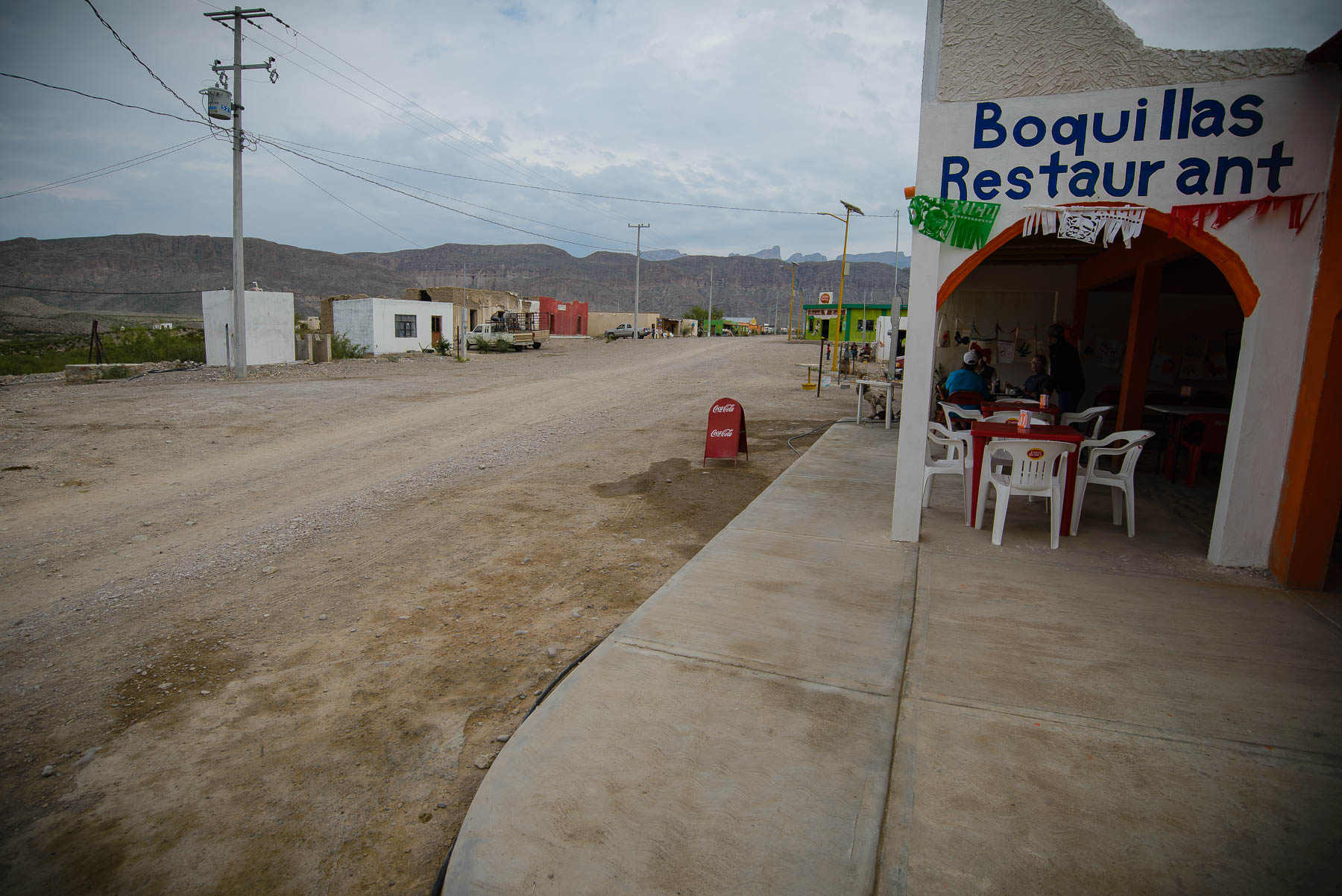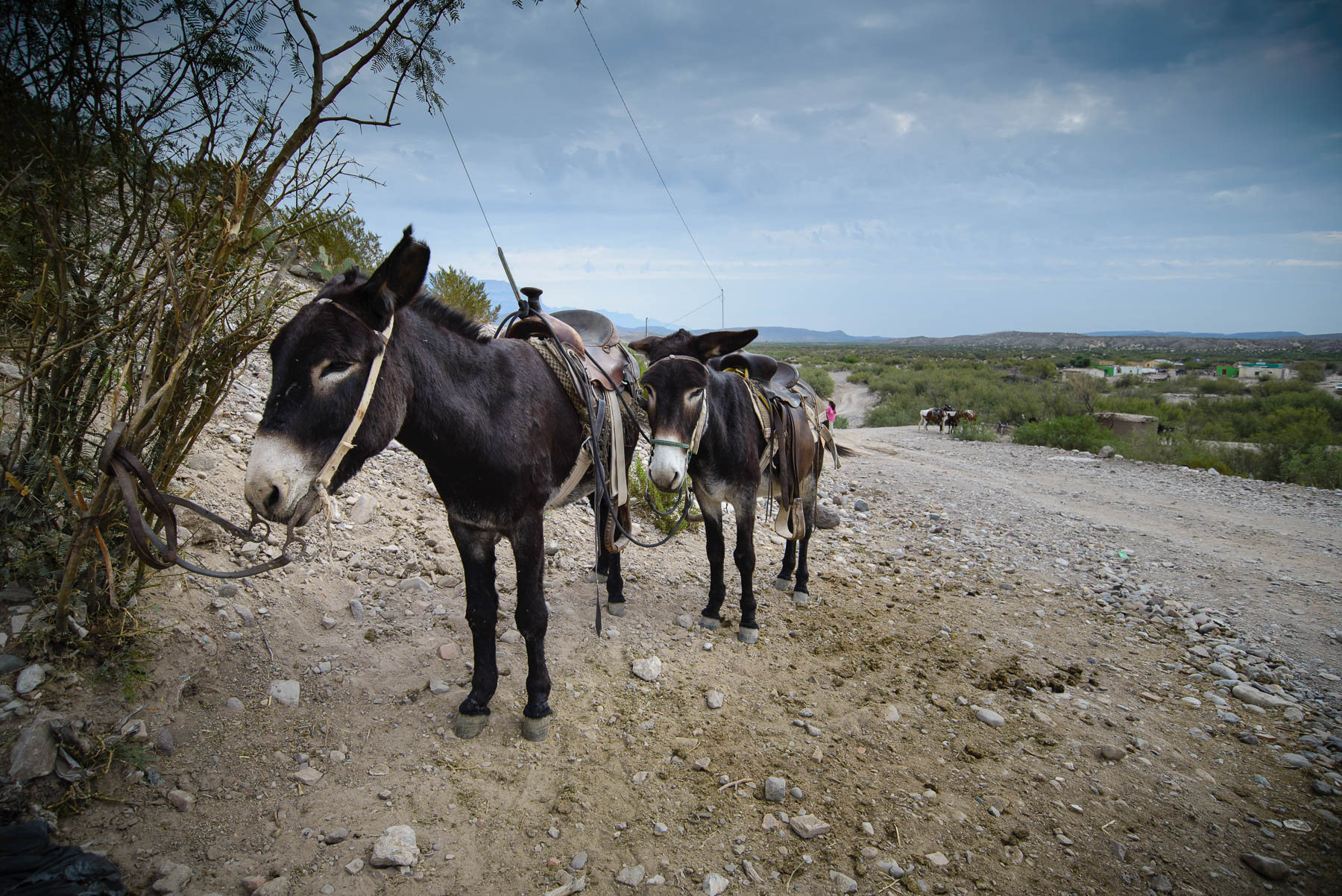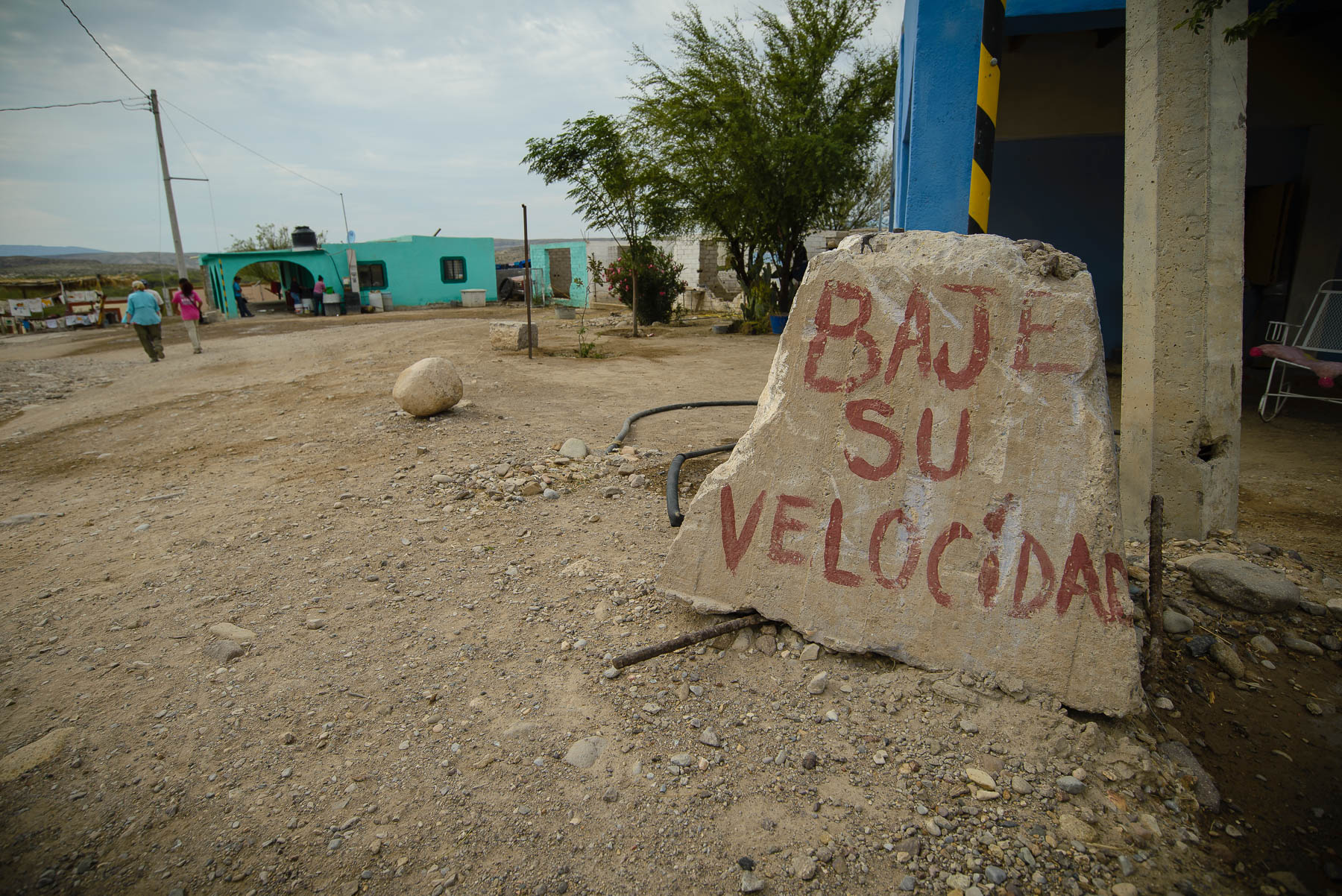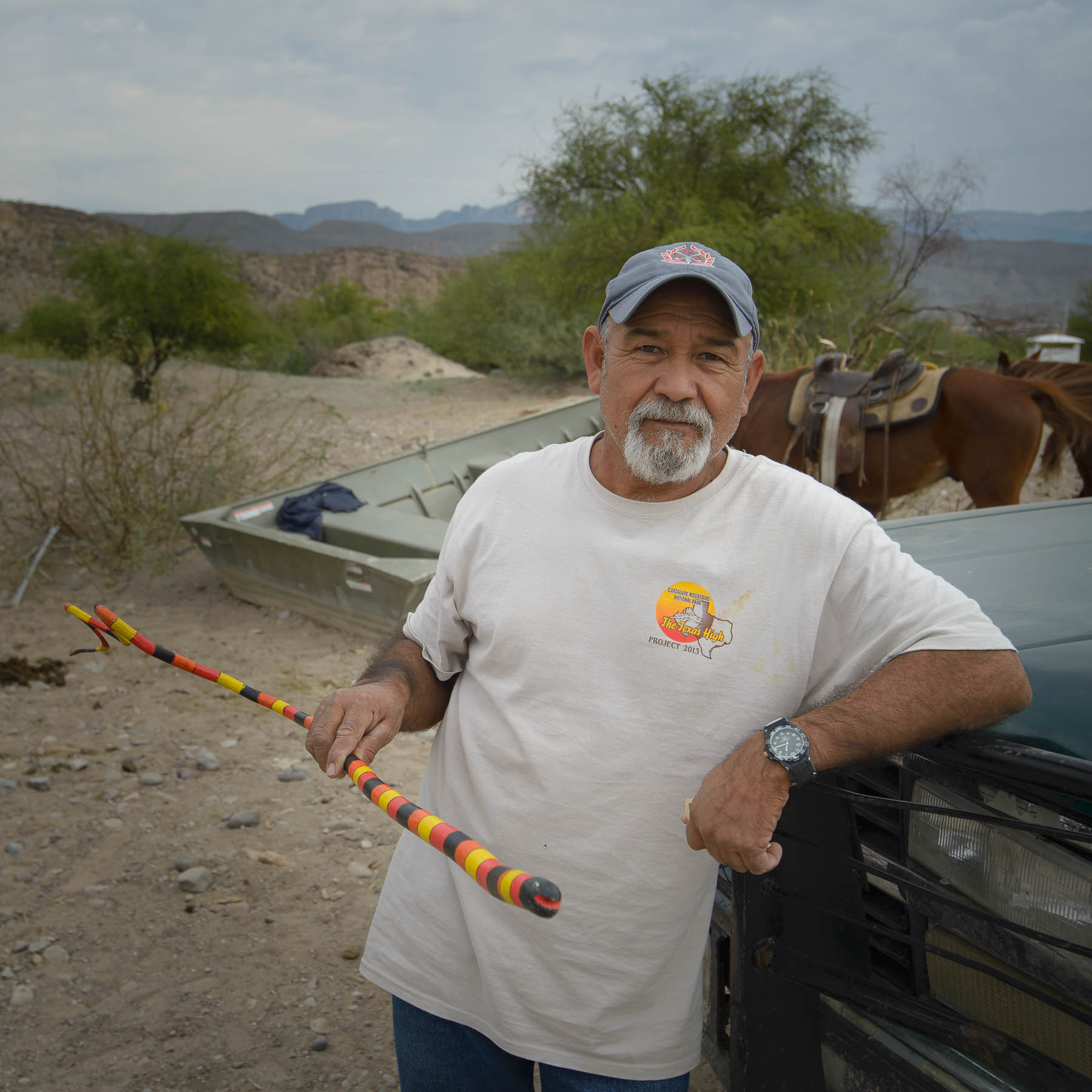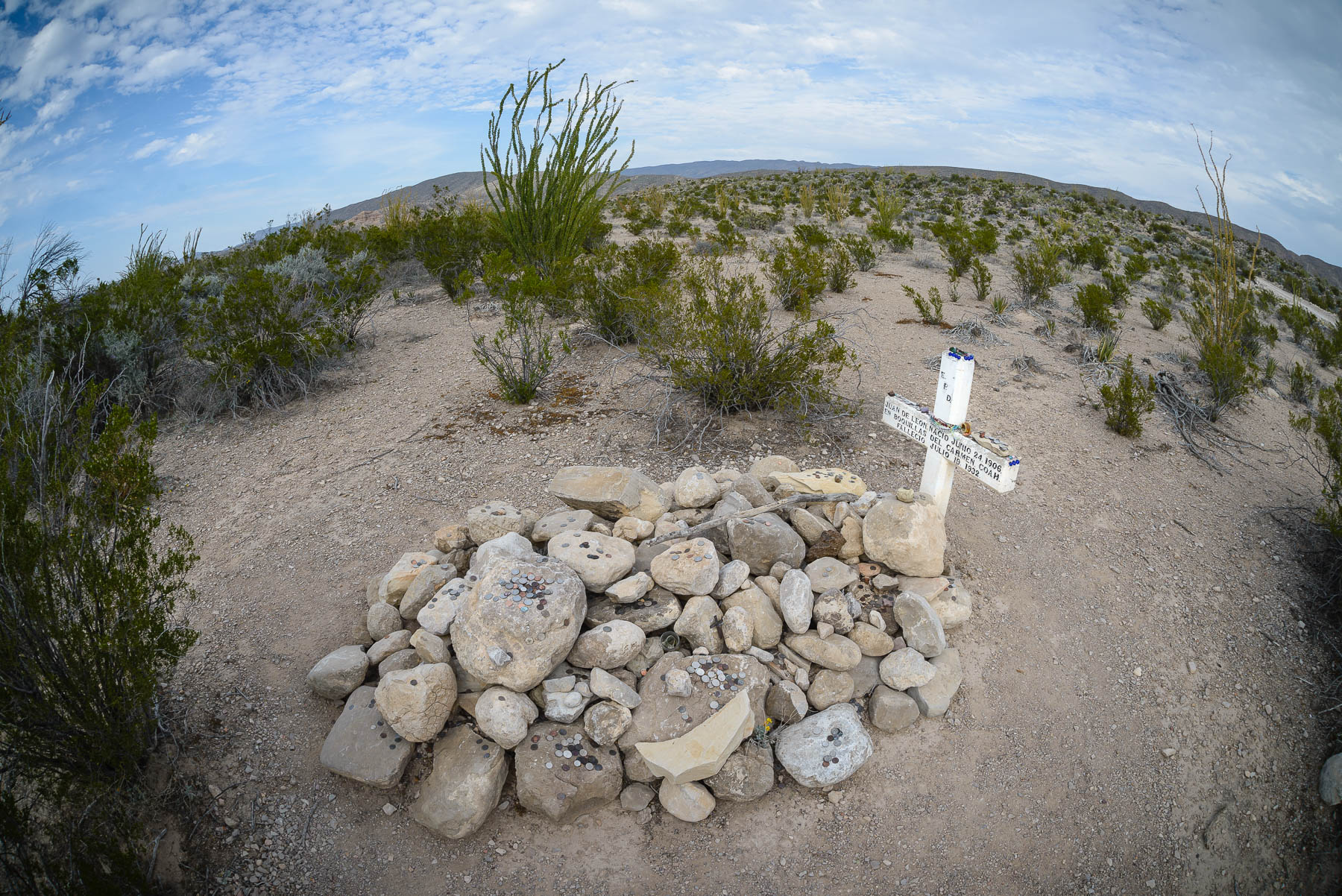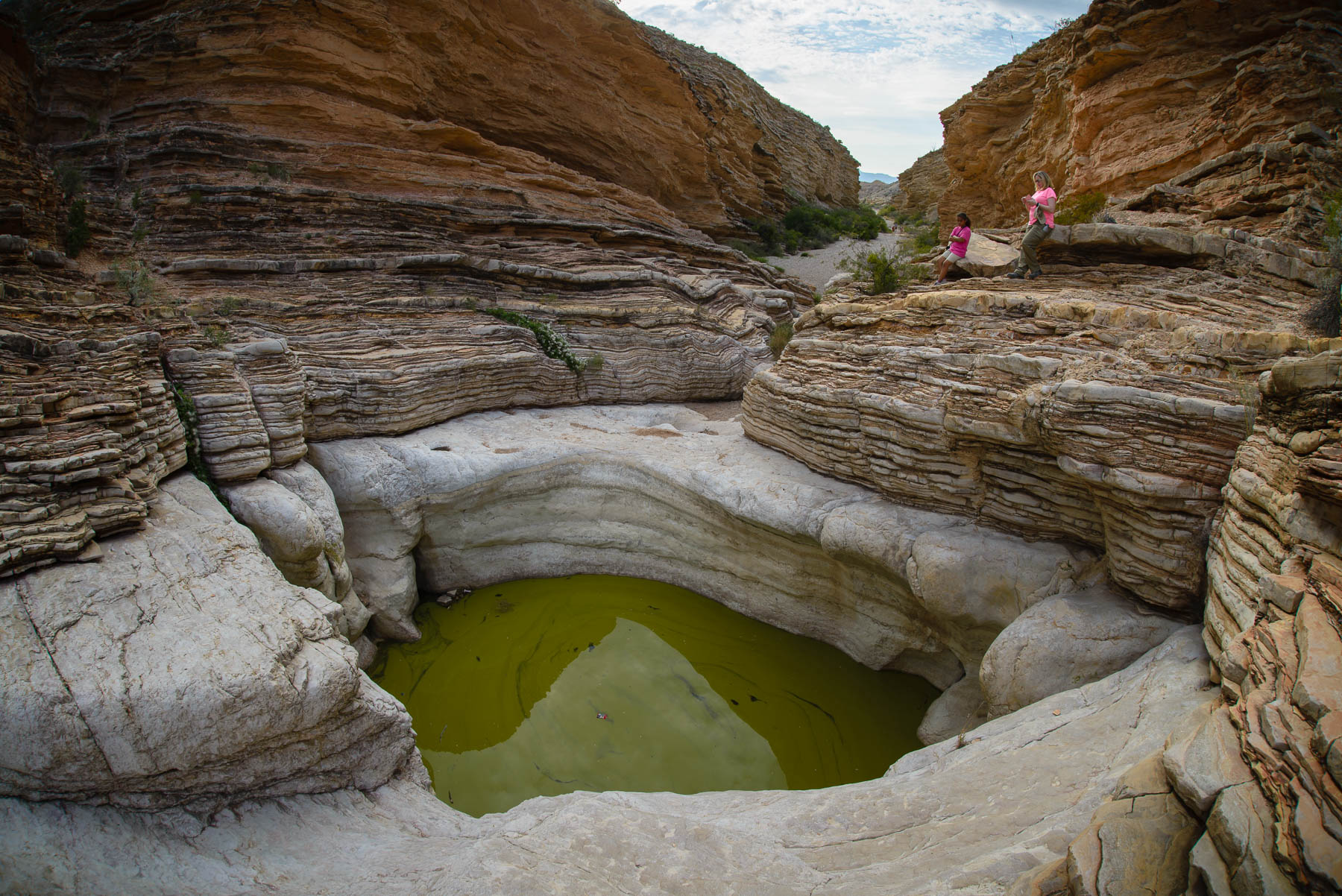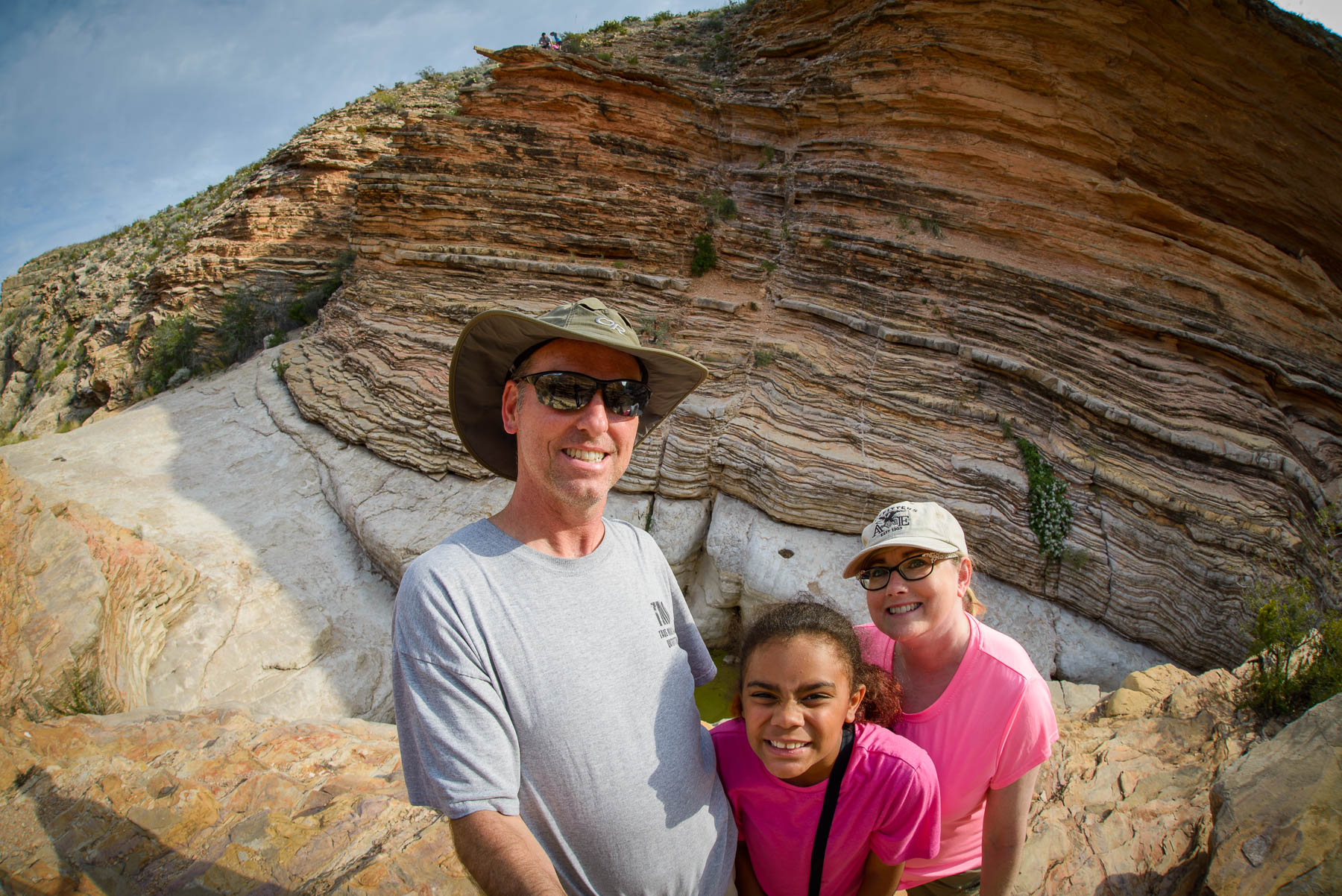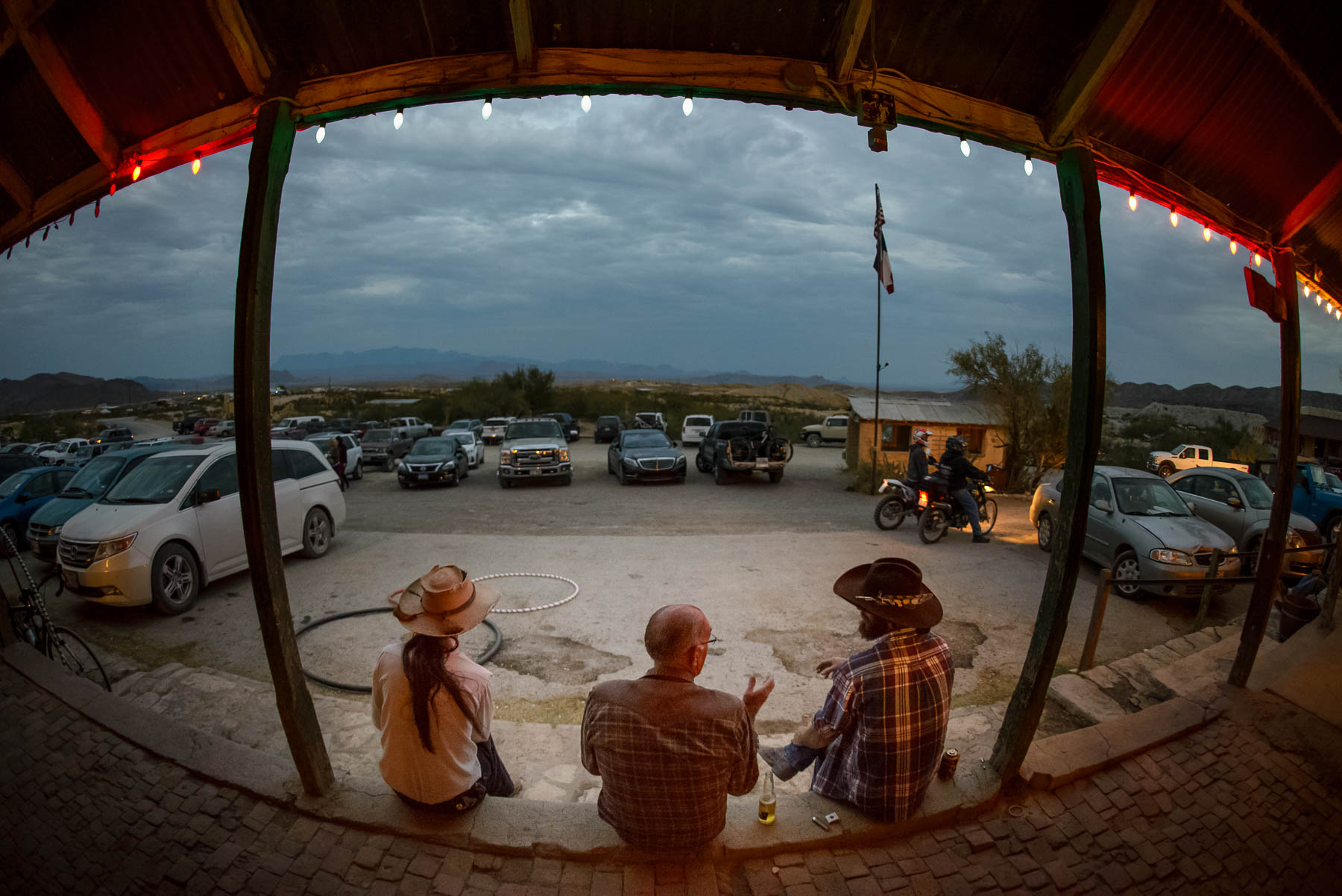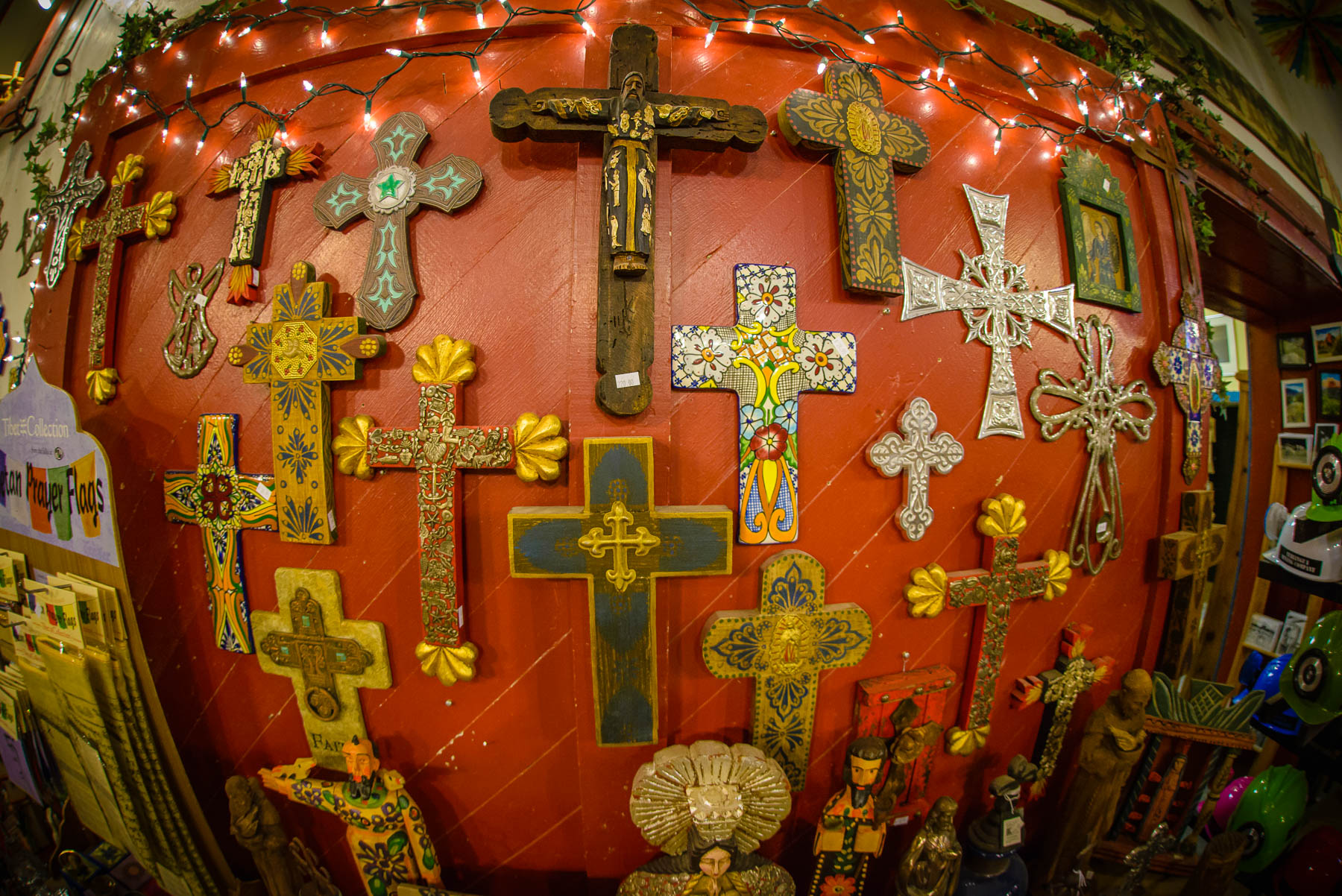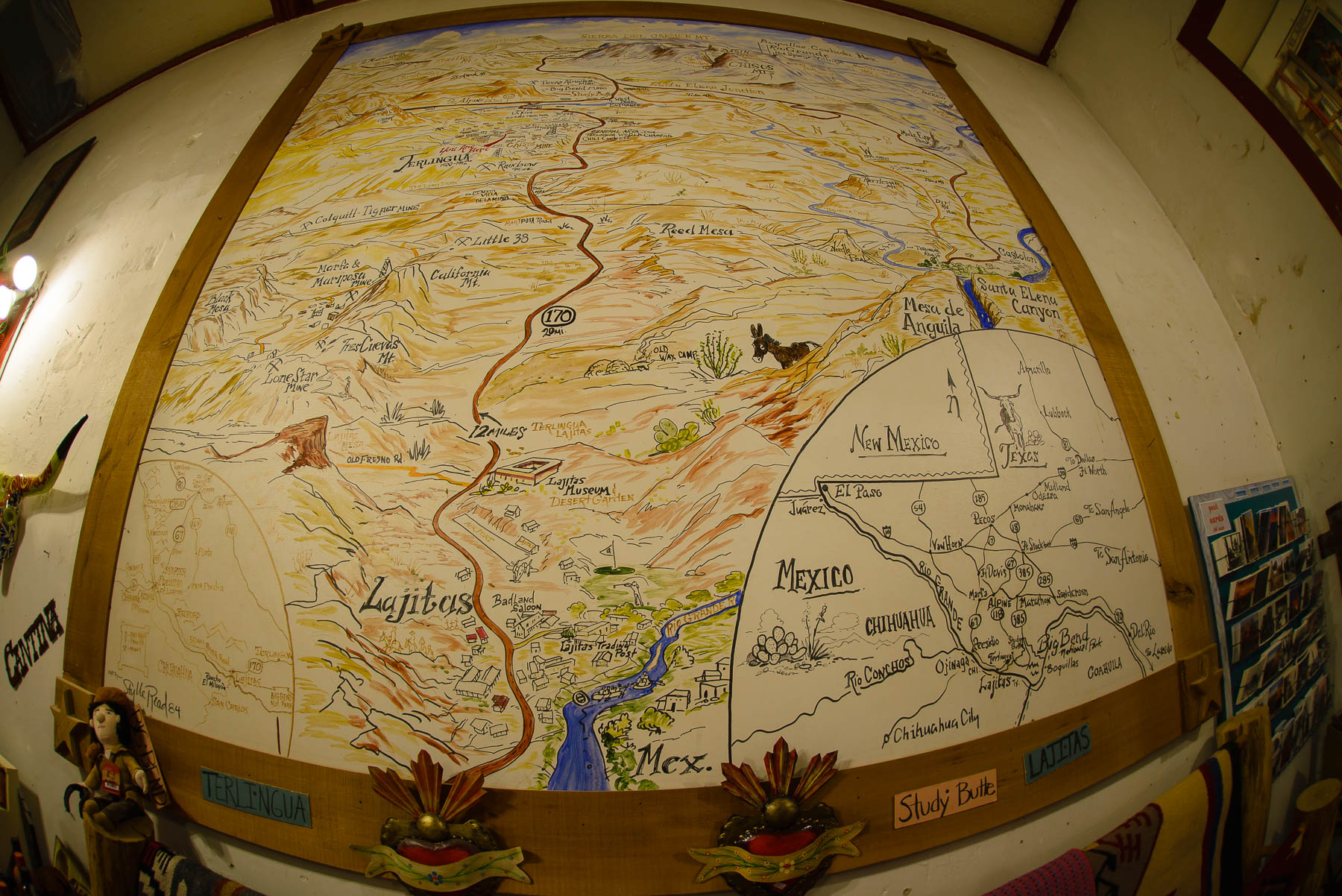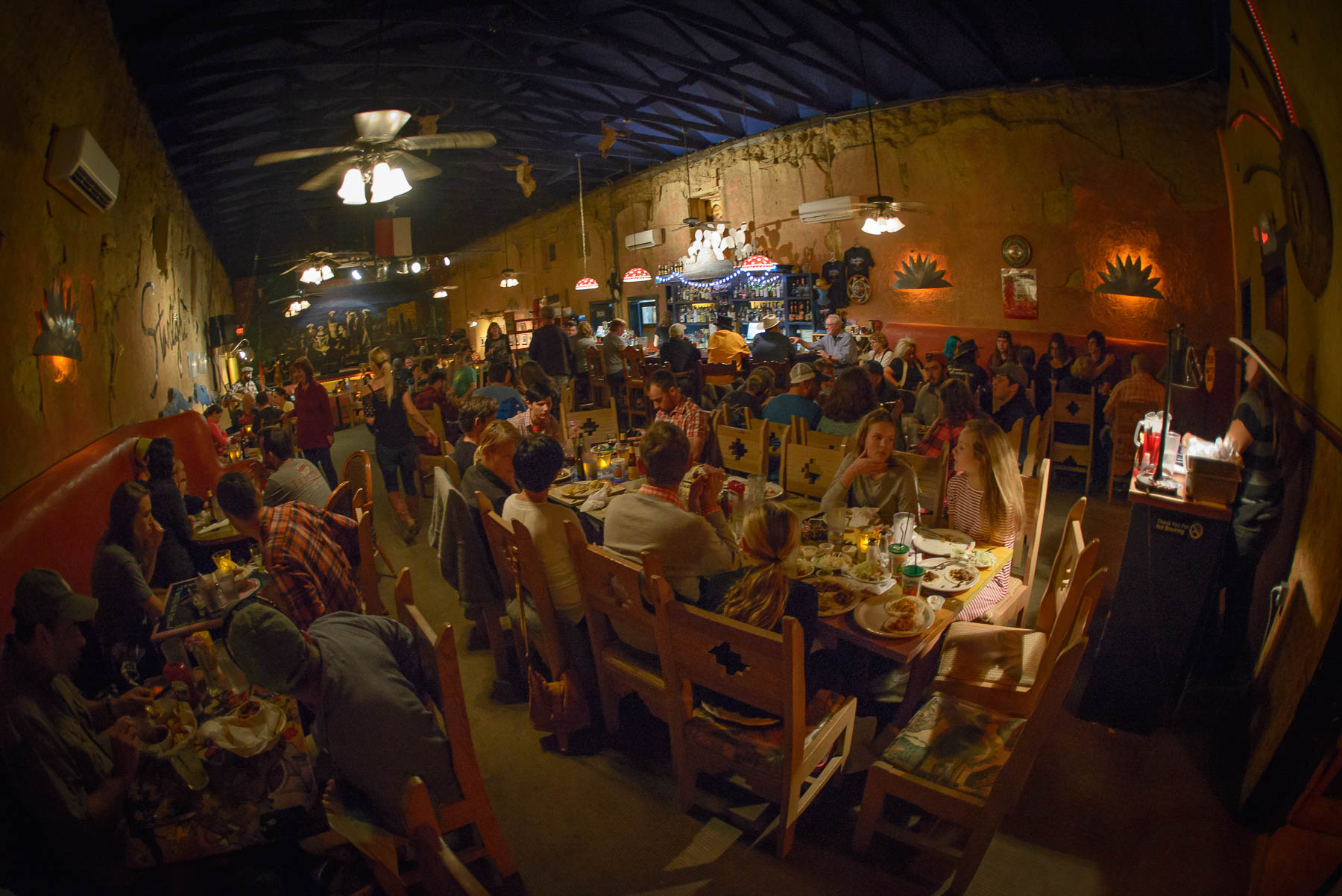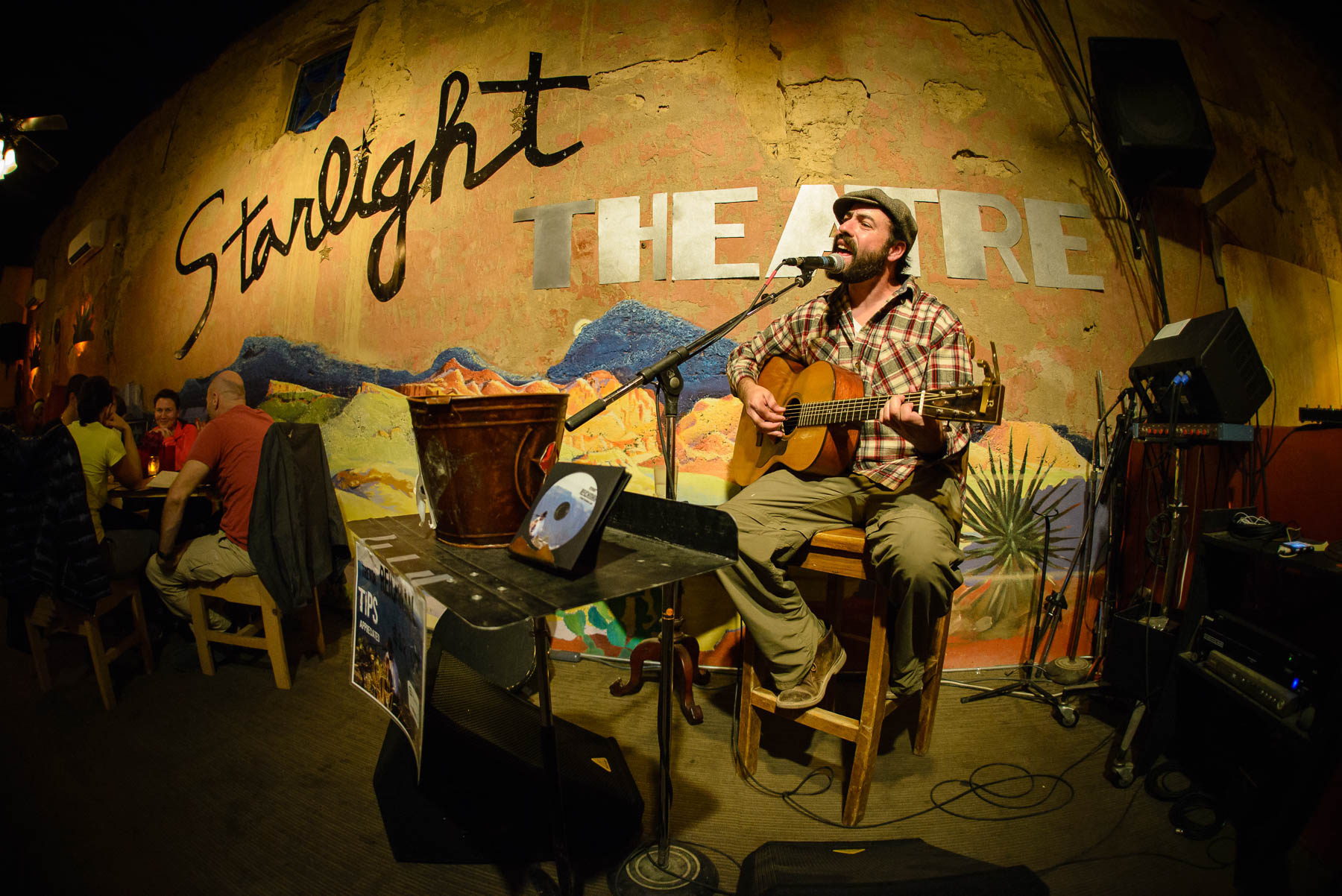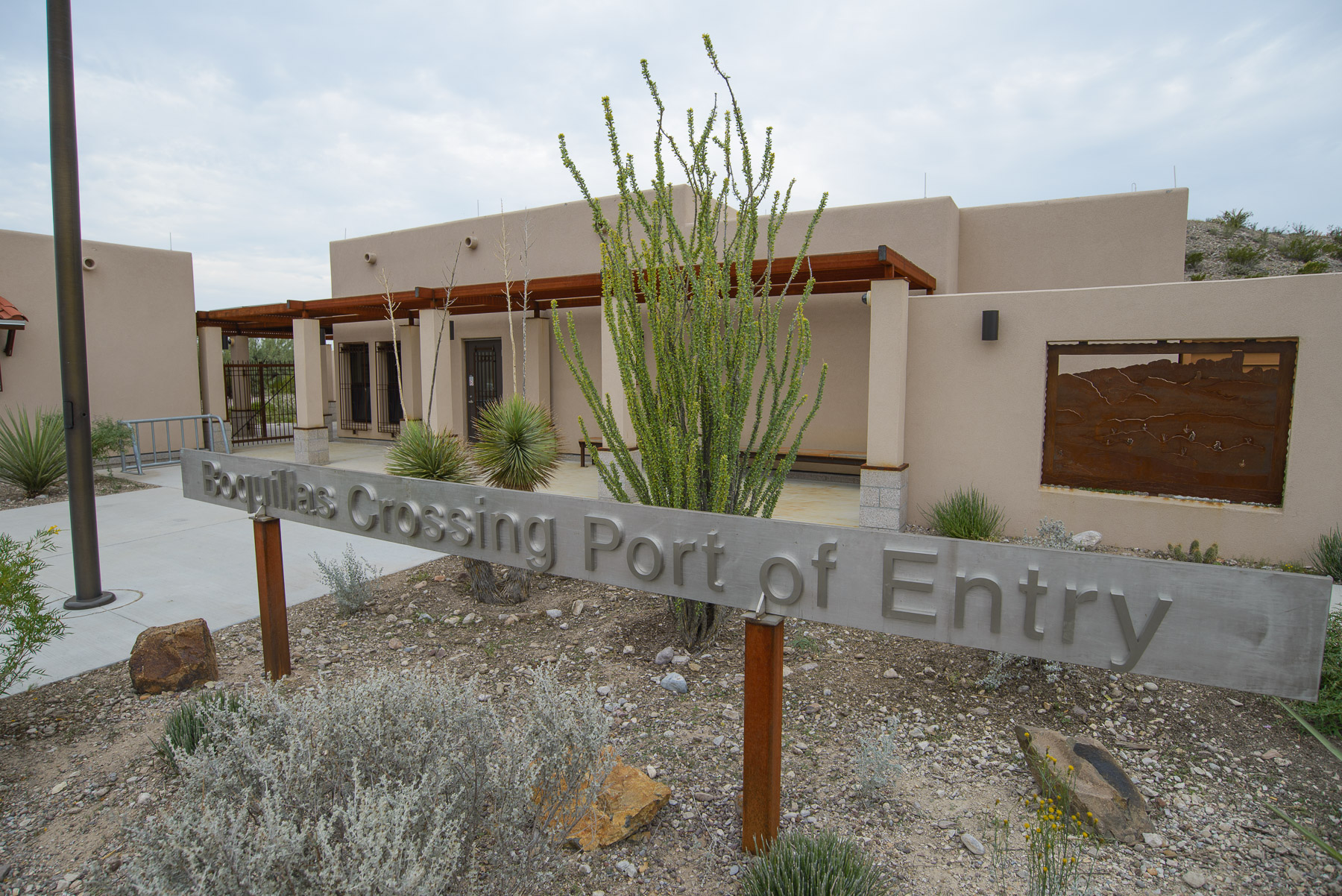
One of the big highlights of our latest Big Bend trip was making the famous jaunt across the Rio Grande to Boquillas, Mexico. I made this trip way back in 1992 when all you needed was a wad of small-denomination American bills to pay the boatman and the burro keeper. The border at the river was lightly enforced and folks living along the river in both countries could travel a few miles on either side without hassle. Nowadays, post 9/11 and amid Mexican-immigrant hysteria, you have to have a passport and obey the hours of operation. If you aren’t back across the river by 5 p.m. you’re stuck in Mexico until the next day.
You meet the boatman on the river bank for quick ride.
Then you are assigned a guide and burro to ride the mile or so to the village proper. Your guide follows along behind and keeps the burros moving. Our guide was Jerry, an amiable fellow who said he also works as a firefighter in the national park. Jerry’s house is the first one you come to when you hit downtown. His wife and children have a display of home made items for sale, some of which they produce on the spot while you’re eating lunch. Abby ordered a yarn bracelet with her name on it.
The first stop was the brand new customs compound where visitors are issued a temporary visa. Then Jerry took us on a quick stroll through the dirt streets and showed us the Catholic church. (There’s also a Baptist church but it’s in the part of town near the river and apparently doesn’t cater to tourists. When you think about how elaborate most churches are (especially Catholic churches) you can see how this one is a testament to just how poor the town is.
Jerry showed us the brand new solar panel installation that provides all the electricity in town and the new Army post that is there to keep tabs on the drug-running situation. For lunch we got the choice between two restaurants, the difference between the two being that one has tamales and the other doesn’t, Jerry said. I wanted to eat at Falcon’s despite it being the tamale free joint because that’s where we ate in 1992 and I wanted to see how the place was holding up.
Falcon’s was booming. It even had a little bed and breakfast out back called the Falcon’s Nest. And it turned out they did have tamales afterall. In fact, the waitress seemed taken aback that we thought they didn’t. She needs to take that up with Jerry.
We had a scrumptious flight of salsas for an appetizer and tamales and burritos for a main course. It was all very fresh and well done, which I thought was remarkable considering the place is 200 miles from the nearest real town. I don’t how they get their restaurant supplies. Maybe they are airdropped. After 9/11 the border was completely closed and Boquillas, which relied on American tourists for virtually all its economic activity, pretty much dried up. Most people moved away. The remaining holdouts would sell their handmade wares along the riverbank where a popular hiking trail offered a stream of tourist customers. The merchants would wade across the river and leave their merchandise with a list of prices and a jar for the money. A strict honor system. The new crossing situation has only been in place for a couple of years. We chatted with the owner of the restaurant, the daughter of its founder, Jose Falcon. She said the place was shuttered for 11 years after the border closure. Jose died in 2000 and mercifully didn’t have to witness it, she said.
The whole place caters to the tourists from the U.S. This wheelchair-bound busker spinned a Spanish serenade while we ate.
After we finished up our lunch, I slipped away from Jerry and took a stroll around behind the restaurant where I found this antique Ford still in service.
The streets are dirt and livestock is common, but brand-new electric lines herald a modern age for the village.
Jerry did a pretty great job of showing us around. I bought a sotol stick painted as a snake from his wife before we left town. It was only 12 bucks and they acted a little embarrassed to ask so much.
We wrapped our Boquillas trip early in the afternoon, which left us a little time to amble up the Old Ore Road and visit a couple of sites out in the desert. First stop was the grave of Juan de Leon, which is literally in the middle of nowhere. The park is home to a lot of lonely grave sites like this one. On the border, people pay their respects to the dead in more elaborate fashion than you see elsewhere. Even graves way off the beaten path have coins or candles or beads added every year.
A couple miles farther is the trailhead for the trail to Ernst Tinaja, which is a large pothole depression in a narrow canyon that does a good job of holding water in an arid land. It’s a short easy hike in really cool area. The water is pretty nasty, though.
On our way back out to the main road we came upon this cool view of the Sierra del Carmen lit up by the setting sun.
We headed back to Terlingua and got in line for the popular Thanksgiving Day dinner at the Starlight Theater. The wait was only a couple of hours so we had plenty of time to hand out on the porch and people-watch.
The big souvenir shop has some interesting displays. I especially like the giant hand-drawn map of the stretch of Highway 170 from Lajitas to Study Butte. Check out those sweet insets.
We finally got called to our table in the packed dining room where we got some great entertainment and a great traditional Thanksgiving meal with a southwest twist. Green chile dressing, anyone?


